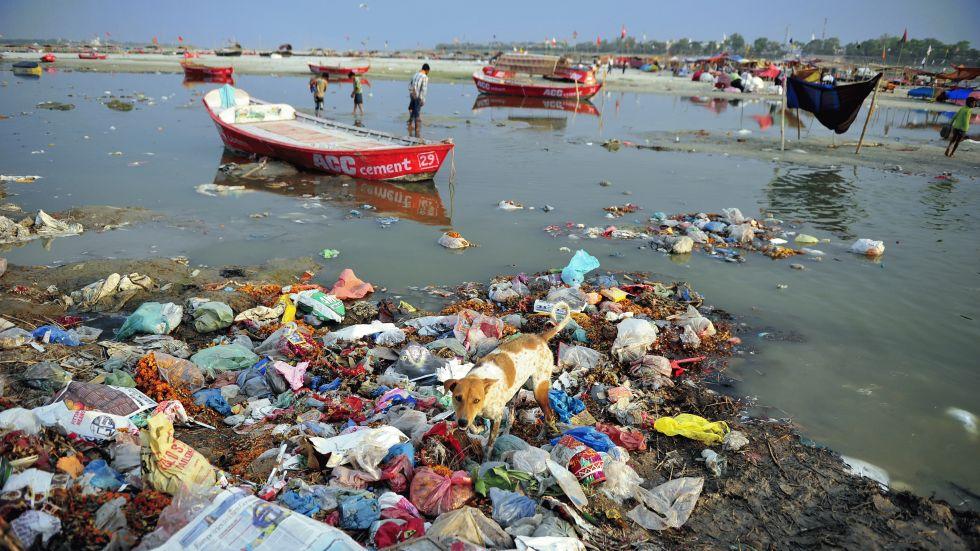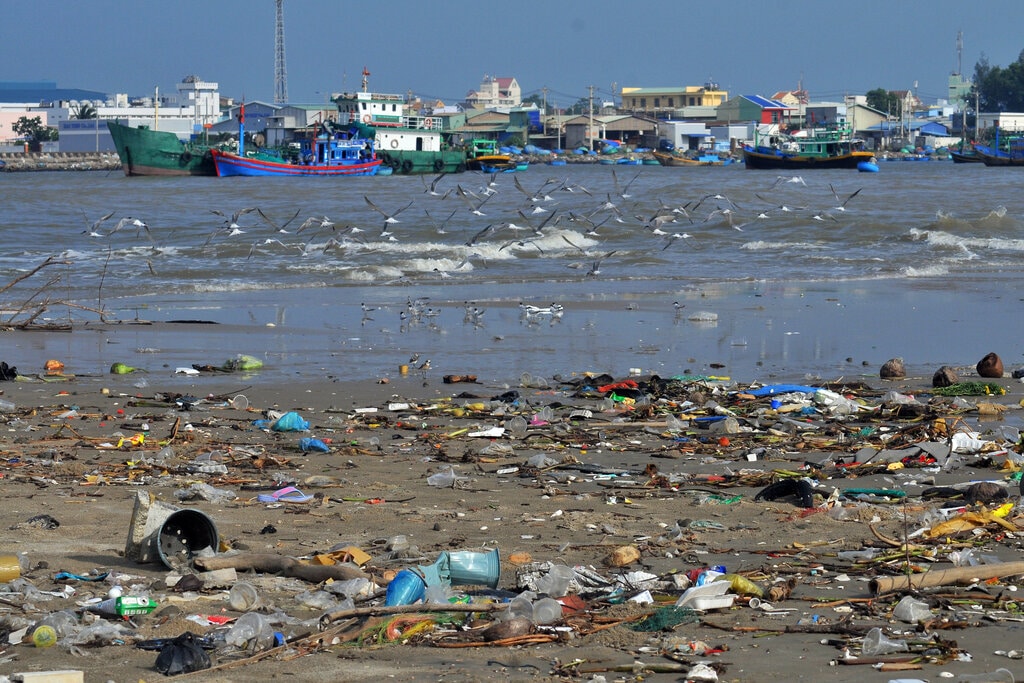It is possible to divide the kinds of water pollution into those caused by a specific source or those caused by a specific place.
Depending on the source of contamination, the results can be different.
Contamination of the soil. Animals and plants are negatively affected if sediments of sand, clay, silt, or other types of material are pulled into water, which degrades the water’s quality for consumption and growth. It can also impact fish growth or even cause them to die as a result.
Contamination with chemicals. Dissolved or dispersed organic & inorganic compounds in water cause it to form. Hydrocarbons, industrial waste, …. are only a few examples.
Thermogravia. It refers to the alteration of aquatic animals’ habitats due to increases in water temperature caused by industrial activity.
Contamination by microorganisms. Pathogenic microorganisms, such viruses and parasites, modify the potency of the water in a way that is harmful to humans.
Pollution of the environment is caused by the accumulation of waste material. As a result of the addition of solid waste, it is one that cannot be decomposed by bacteria which perform this job in the water.
By-products of the use of oxygen absorbers Microorganisms in water, including such bacteria, suck up all the oxygen, resulting in a mass extinction of all living organisms in the area.
Contamination by nutrients, often known as eutrophication or nutrient runoff. Excess nitrogen and phosphorus in the water is what causes it to form. An unregulated proliferation of algae as well as other organisms occurs as a result of the nutrients being dragged into water and stimulating their growth. Animal faeces (livestock), for example; fertilisers; industry; acid rain; etc.

Depending on where the water comes from
Pollution of freshwater bodies of water. Contamination of Earth’s surface waters is the key component. When it comes to a certain type of water: rivers and lakes as well as sea and reservoir waters are examples.
Contamination of the water table. In underground water sources, it’s what happens when pesticides, acids, and oils absorb into the groundwater.
Clean-up options for polluted waters
It’s up to all of us to find a solution to the issue of water contamination. In this regard, all of the possible preventive is already quite beneficial. As a result, the following steps can be done to avoid or correct the problem:
Cut down on the indiscriminate use of manufactured goods;
The purchasing of plastic goods and the usage of needless utensils like straws, plastic coffee stirrers, etc., should be avoided. Raw pasta sheets, for example, can be used in their place.
- Implement a recycling culture in your workplace.
- Cooking oil as well as other greasy items should not be flushed down the sink or toilet
- Utilize things that are kind to the environment;
- Protect water resources through developing environmental policies that will ensure their protection.
- Treat waste water correctly;
- Create a bacterial control strategy.



